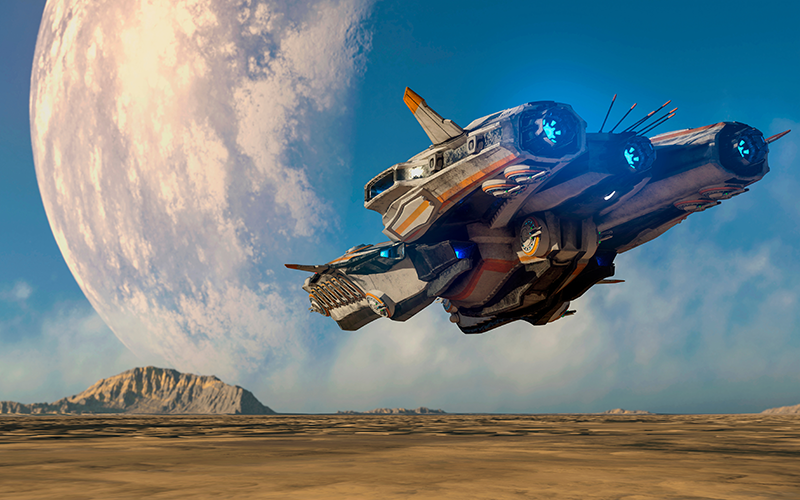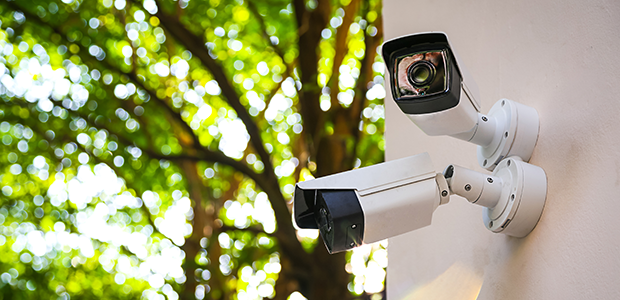Star Wars is home to some incredibly out of this word technology. This May fourth, Electronic Specifier showcases some of the cool technology that is no longer completely science-fiction.
From a real-life space race, to speaking robots similar to R2-D2, the engineering design world is constantly innovating and evolving, and what was once showcased in films is now being utilised in the real world.
The space race
The race to space is drastically different to that of the 20th century during the Cold War. Then, it consisted of the US and the Soviet Union (now the Russian Federation) competing to dominate space. In the 21st century the space race consists of the US delegating some authority in space development and commercial space tourism to private companies, with billionaires jumping at the opportunity to travel to space themselves.
NASA plays an essential role in space exploration, however there is confidence in private companies to continue to make meaningful contributions. This includes ensuring the safety of spacecrafts, the sustainability of space, and expanding scientific knowledge.
Magnetic levitation
Magnetic levitation like the Death Star exists in real life. Utilised by Maglev (magnetic levitation) trains since 1984, it allows train transportation using two sets of magnets: one to repel and push the train up, and one to move the elevated train ahead. This takes full advantage of the lack of friction. Also working on this technology is Virgin Hyperloop, attempting to use it as the solution to rising global emissions. This futuristic train service is set to provide a new era of travel, with hopes to travel on magnetic tracks at more than 600mph.
Bionic limbs
Bionic limbs allow users much more control and movement than a prosthetic limb by using sensors and computers that respond to thoughts and muscle movement. Bionic limbs have existed since the late 90s when the first bionic arm was fitted at the Princess Margaret Rose Hospital. It has a powered shoulder, elbow, wrist and fingers and was controlled by electronic micro-sensors that sent pulses to the arm.
In 2015, Luke Skywalker’s robotic hand really became reality at the hands of Johns Hopkins University. Since 2006, the university has been funding the Defense Advanced Research Project Agency’s Revolutionising Prosthetics programme, with the aim of expanding prosthetic arm options for today’s wounded soldiers. The mechanical hand was fitted to someone who had been paralysed for over 10 years.
Skywalker’s hand relies on two-way communication between the brain and the prosthetic, being able to obey and transmit signals about texture and temperature for example. The mechanical hand based on the research at Johns Hopkins University allowed the wearer to control its hand using thought, and to feel which fingers were being touched. This is thanks to the wires being linked to the motor cortex and sensory cortex.
Emotional robots
C-3PO and R2-D2 are of course very intelligent robots, however examples of emotional robots exist today.
Buddy, an artificially intelligent robot, was developed by Blue Frog Robotics and was built to communicate emotionally with children for more connected learning. Buddy is being used in hospitals, working on wards to help children interact and learn. Buddy is equipped with cameras, speakers and microphones, as well as excellent processing power meaning the robot can verbally communicate with children. Buddy also specialises in teaching coding and programming, an excellent way to encourage the future generation of engineers and technology specialists.
This is just one example of emotionally intelligent robots used within health and social care today.
Perhaps the future isn’t in a galaxy far, far away but closer than we think!




